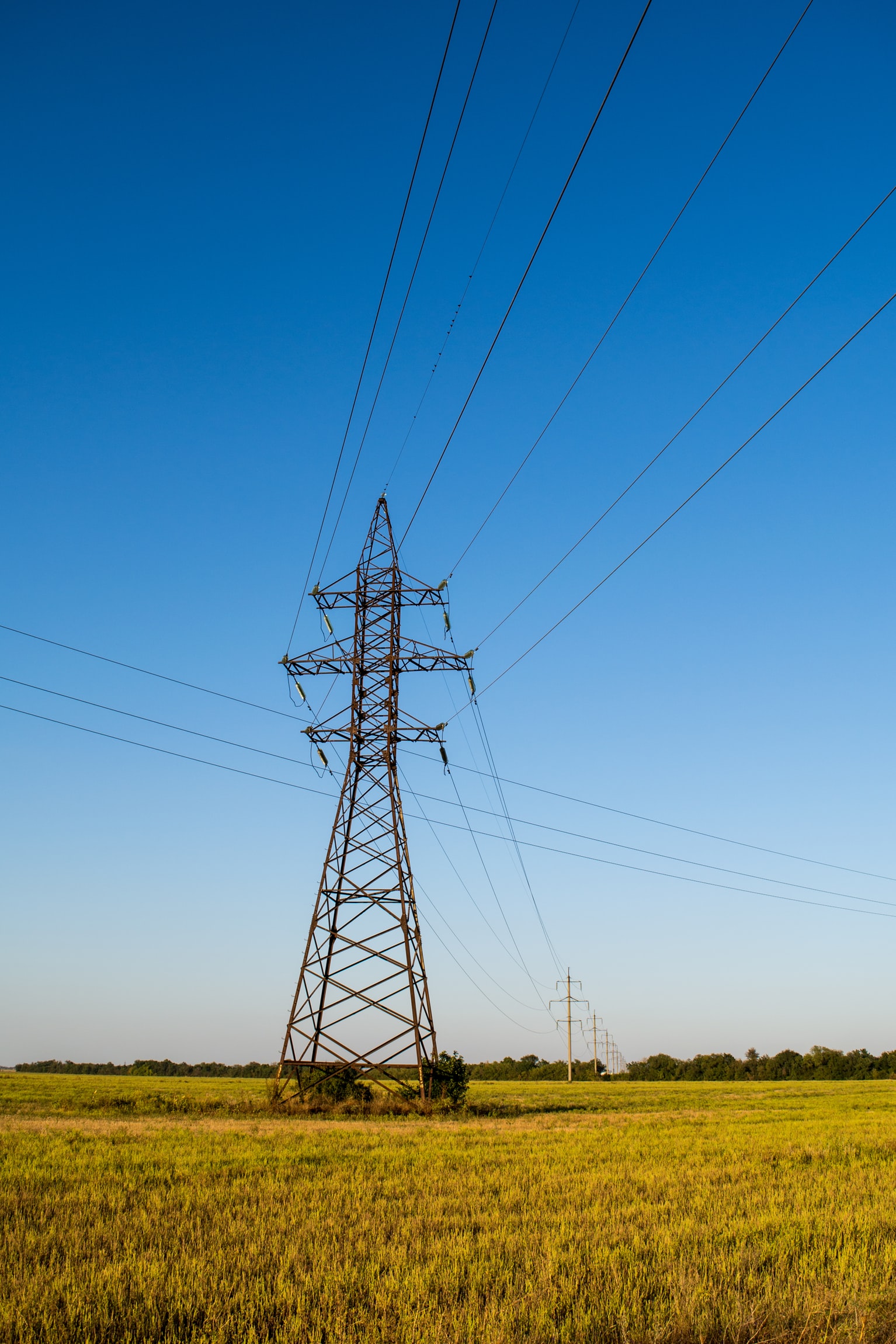In recent years, fuel producers, climate change researchers, and many elected officials have begun to recognize clean hydrogen’s potential. “We need hydrogen,” Senator Tom Carper (D-DE), chair of the Senate Environmental and Public Works Committee, declared last month. Senator Joe Manchin (D-WV) echoed this sentiment, stating, “through technological advances, we can now use our abundant domestic energy sources to produce clean hydrogen, which can significantly decarbonize our economy across the power, transportation, and industrial sectors.”
CleanBay’s proprietary process capitalizes on the abundance of agricultural byproducts in the U.S. and converts nutrient-dense poultry manure into renewable natural gas (RNG) and a controlled-release fertilizer product. With some careful additional steps, RNG can then be responsibly transformed into clean hydrogen and sustainable aviation fuel (SAF). There are three different processes through which CleanBay’s RNG can be upgraded into hydrogen: steam methane reforming (SMR), fuel cell, and electrolysis. Carbon-negative RNG can support the production of large volumes of carbon-zero or low-carbon hydrogen for industrial and fuel cell use.
SMR Process
SMR is a process that produces hydrogen from RNG or methane. To do this, renewable or fossil natural gas is exposed to high temperature steam to create a mixture of carbon monoxide and hydrogen. The next two unit operations typically consist of “water gas shift reaction” and “pressure-swing adsorption” processes in order to remove the carbon monoxide and create essentially pure methane and carbon dioxide.
By utilizing carbon-negative natural gas derived from poultry waste, CleanBay can employ SMR with CO2 capture technology to produce low carbon or carbon-zero hydrogen. This approach not only maximizes the use of agricultural byproducts but also creates a hydrogen product with a significantly lower emissions profile compared to other types of renewable energy.
Fuel Cell
Given the current state of technology and manufacturability, CleanBay’s carbon-negative RNG or carbon-zero blended natural gas can be used as the input to a fuel cell where the gas is reformed into clean hydrogen. The hydrogen electrochemically reacts with air to produce clean water, low carbon or carbon-zero hydrogen, renewable electricity, and renewable heat as outputs.
Electrolysis
Electrolyzers provide another means of producing hydrogen from RNG. This technology uses clean electricity sourced from RNG to split water into hydrogen and oxygen in a process known as electrolysis. The electrolyzer consists of an anode and a cathode that is submerged in water and causes the necessary reaction. While oxygen is produced at the anode, hydrogen gas is produced at the cathode. This renewable hydrogen can be collected and distributed in gaseous or liquid form as a clean fuel source.
The Future of Biofuels
The potential applications for low- and zero-carbon hydrogen will continue to grow as the clean energy transition progresses. In addition to its use as a feedstock for SAF and refining, hydrogen can be used for energy storage and clean electricity generation. It can also play a valuable role in reducing emissions from hard-to-decarbonize sectors like long-haul transport and steel and iron production. As for the CO2 captured in the hydrogen production process, it can be used for concrete manufacturing, food and beverage production, and advanced biofuel production, to name a few.
While solar and wind power can provide electricity for electrolyzers, it is important to consider very low-carbon and carbon-zero biofuels as an additional option. CleanBay’s carbon-negative biofuel can generate electricity to an electrolyzer while its fertilizer formation process produces ultra-pure water that can be used by the electrolyzer. This integrated approach ensures a sustainable and efficient hydrogen production process and eliminates the need for electrolyzer facilities to have an overabundance of water readily available.
With these technologies that turn waste into renewable resources and contribute to sustainable hydrogen production, CleanBay is playing a significant role in the clean energy transition. We are proud of our commitment to operating with sustainable practices and producing carbon-zero energy products like natural gas and hydrogen, while reducing 120,000+ metric tons of CO2 emissions for each of our customers. By doing so, we are helping to decarbonize multiple industries, taking steps toward a net-zero future, and changing the way people think about biomass and agricultural byproducts. As the demand for clean energy continues to grow, we remain focused on developing innovative business models and solutions for a greener future.


